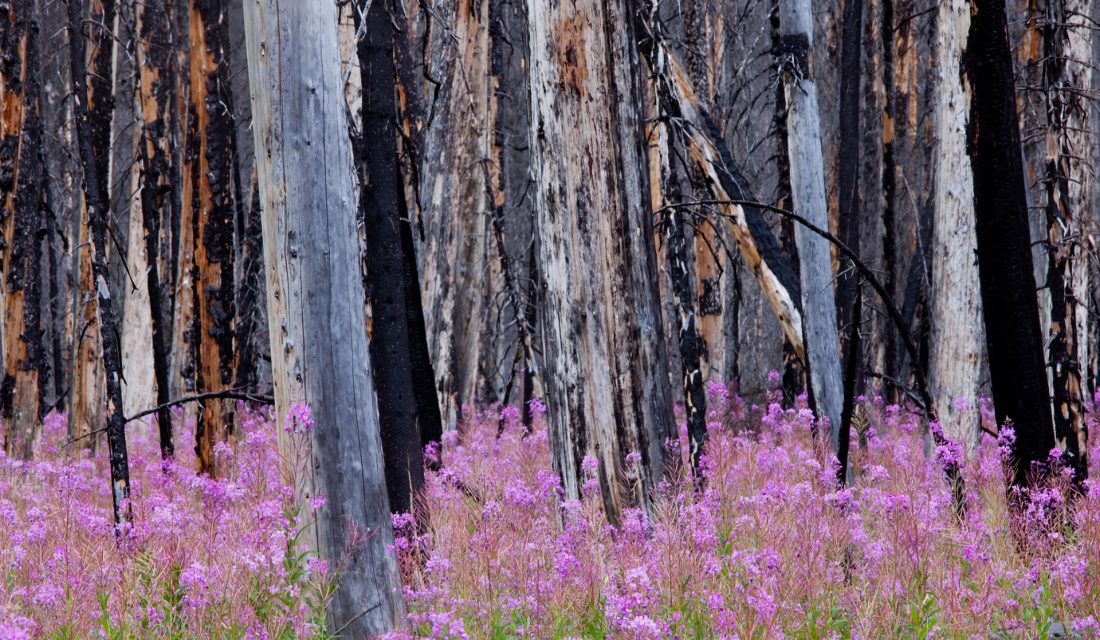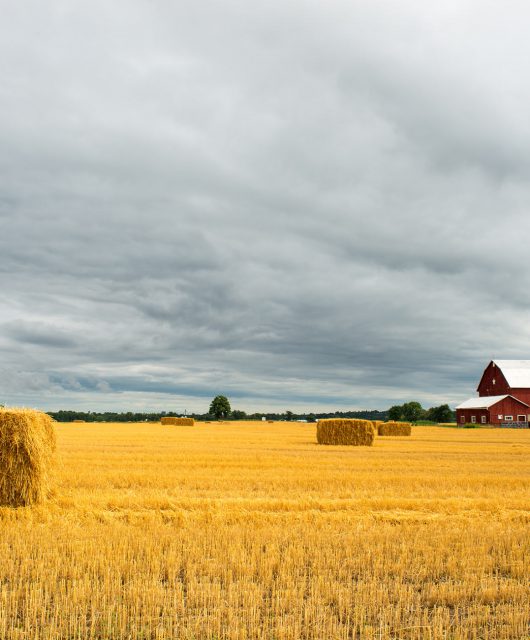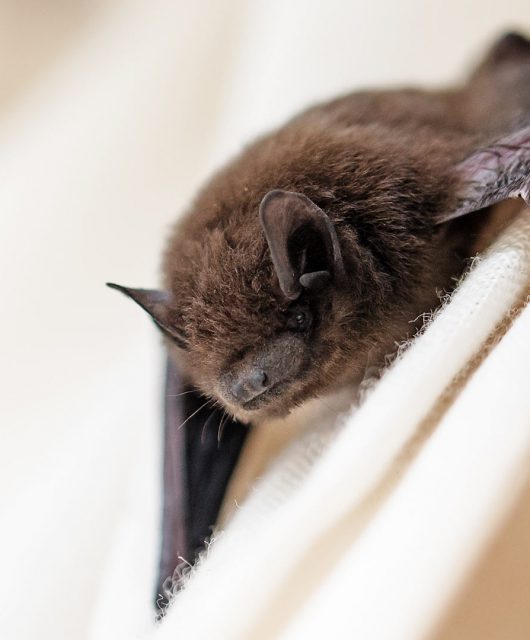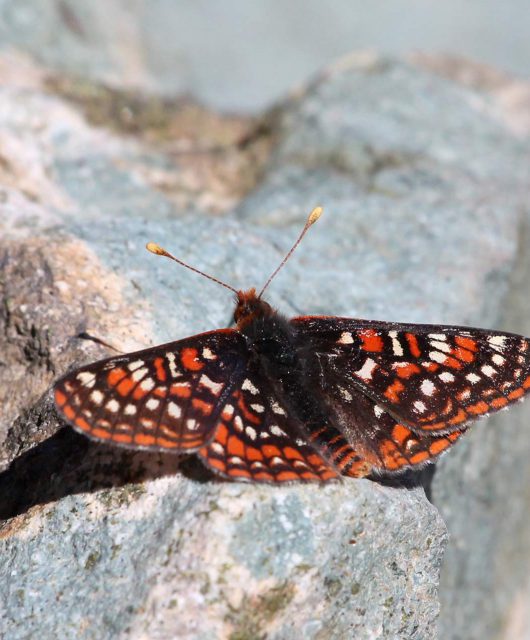Fire is a natural process and is needed to maintain a healthy forest, with many species actually dependent on it.
However, it isn’t all good news. Let’s explore some of the ways wildfires are good as well as bad, and what’s predicted for the future – the ugly!
The Good

It turns out wildfires aren’t all bad.
- Wildfires release important nutrients from the forest floor
- Some tree species such as Lodgepole Pine and Jack Pine need fire to open their cones and disperse their seeds
- They control pest insects and disease that target trees
- Wildfires enhance the propagation of early successional plants which benefits species like antelope, elk, and deer
- Predatory birds and some mammals take advantage of recently burned areas to find prey more easily in the reduced cover.
- They increase water supply. With fewer plants in large thick stands, streams become fuller.
- Wildfires maintain prairies by preventing the encroachment of woody plant species
The Bad

Sadly, wildfires can do some serious damage. They can harm wildlife habitat by reducing trees, shrubs and other vegetation that provide food and cover. Wildlife that can’t burrow, run, fly or otherwise escape the fire can be injured or killed.
Moreover, ash, nutrients, sediment and contaminants can flow into nearby water bodies. This not only harms fish and other aquatic life but can also impact terrestrial species that drink the contaminated water. With the loss of vegetation, nearby areas can be prone to flooding and erosion, and greenhouse gases are released into the atmosphere.
The Ugly

Each year, Canada has approximately 7,500 wildfires that burn more than 2.5 million hectares of forest – an area about half the size of Nova Scotia. And according to projections, by 2050, the amount of forest that will be burned by wildfire will double. Why? It seems it can be blamed, at least in part, on our changing climate which is resulting in more droughts, extreme weather conditions and extended wildfire seasons.
There’s another stat that states by 2040, when compared to the late 1990s, forest fires will occur 25 per cent more frequently, last an average of 30 days longer, and burn 46 per cent larger areas.
A decrease in humidity in combination with an increase in temperature seems to be the perfect mix to make naturally occurring extreme wildfires happen more frequently, spread to new areas and be more intense than ever before.




